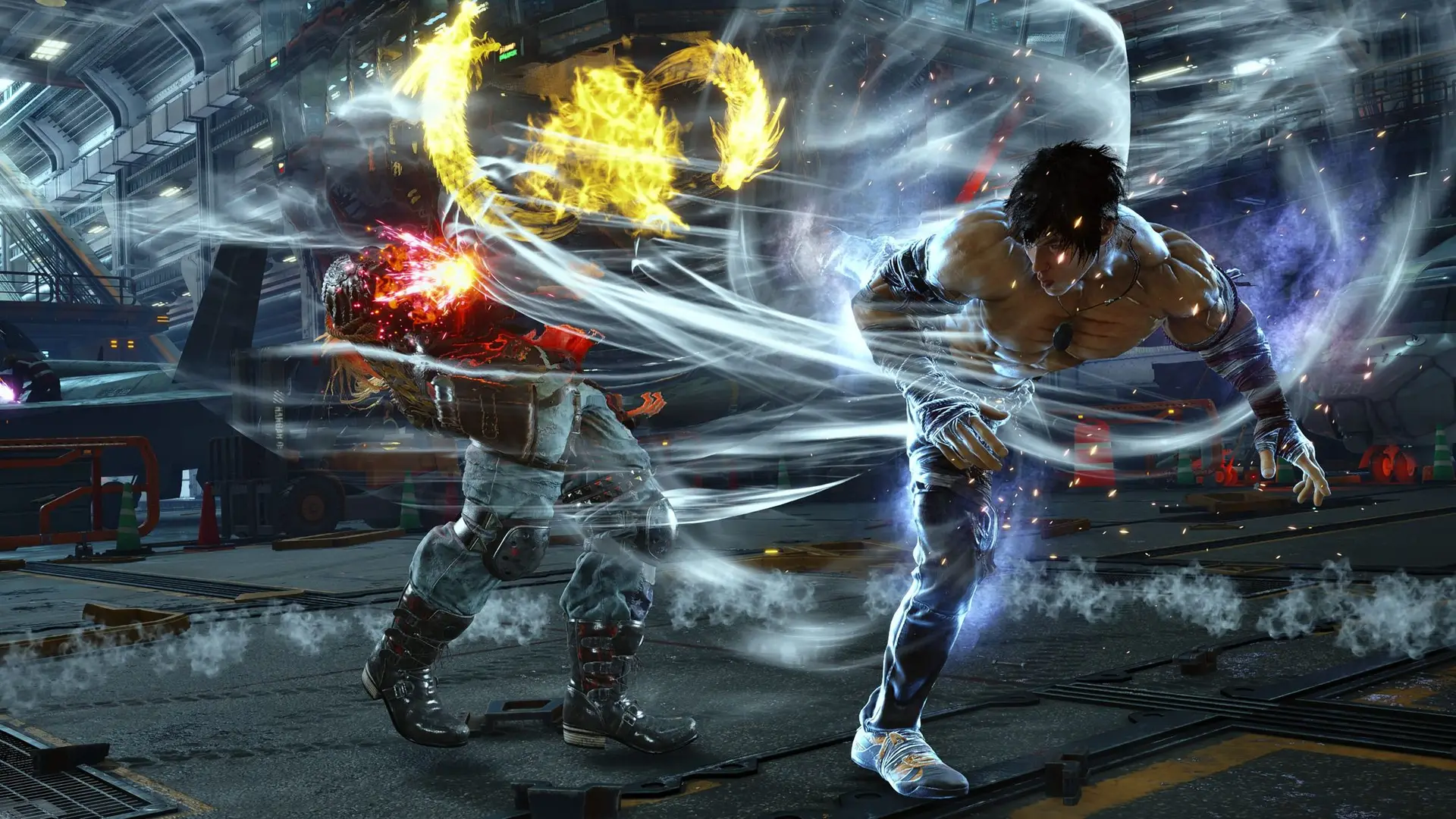Project mechanisms define the style and pace of every fighting game. Sidestepping, auto combos, fatalities, and displacement shape the strategies, turning battles into dynamic and unpredictable clashes. The genre’s evolution demonstrates that the depth of fighting mechanics directly impacts player interest and the evolution of the projects themselves.
Fighting Game Mechanics: Genre Skeleton
The genre’s development began with Sega’s first arcade machine in 1976, “Heavyweight Champ.” The combat game systems were limited to two attack buttons. Today, fighting games have evolved into complex systems balancing dozens of parameters. Each gameplay feature serves as a well-thought-out cog in the large mechanism of fighting games, from combo speed to comeback mechanics that determine the match’s finale.

The evolution of fighting games has solidified the rule: every element influences the dynamics of battles and the perception of the process by both spectators and participants. Sidestepping, charged attacks, super specials shape the gameplay style and depth of strategies.
Sidestepping: Elegant Evasion
The first experiments with sidestepping appeared in fighting games like “Virtua Fighter” in the early 90s. Fighting game mechanics introduced a new axis of movement. Players gained the ability to avoid horizontal attacks and set traps by changing the attack plane.
The examination of sidestepping shows how strongly the influence of game systems changes the essence of the battle itself. Over 30 years of development have led to the emergence of evasion systems, as seen in “Tekken 8.” Here, even novices can master safe movement in space.
Combos and Auto Combos: Simplifying Complexity
The history of fighting games is marked by the iconic year 1987 — the release of “Street Fighter,” which introduced basic combos to the world. The frenzy of combos began in “Killer Instinct.” Auto combos in fighting games allowed for using a minimum number of buttons to create impressive series of attacks.
Displacement in fighting games set a trend: simplifying the entry threshold for newcomers. In “Dragon Ball FighterZ,” auto combos provide the opportunity to engage in combat without deeply studying complex combinations. Meanwhile, veterans continue to build advanced sequences, using auto combos as a foundation.
Displacement in Fighting Games: Battle for Territory
Displacement in fighting games has formed entire classes of strategies, where proper fighter positioning changes the match outcome. In “Smash Bros,” displacement mechanics become a dominant element, forcing players to consider arena positioning as carefully as strikes.
Systems based on displacement work through repelling strikes or throws. Proper use of such fighting game mechanics is especially crucial on large arenas, where space control determines survival.
Charged Attacks and Super Specials: Art of Power
Powerful strikes gained popularity in the late 90s with “Samurai Shodown.” Each heavy hit could alter the course of the battle. Super specials further developed the idea in “Street Fighter Alpha,” allowing for launching cinematic series by filling a meter.
Fighting game mechanics through charged attacks and super specials require careful resource planning. One mistake in attempting to execute them can open a window for a counterattack and lead to instant defeat.
Comeback Mechanic: Chance to Turn the Fight
The comeback element in fighting projects gained popularity after “Marvel vs. Capcom 3.” X-Factor boosted fighters with low health.
Their influence through comeback systems changed the match dynamics. Hopeless situations turned into thrilling spectacles.
Precise calculations have shown: the comeback mechanism increases the duration of battles by 18%. Viewer interest is maintained until the last second.
Balance in Fighting Games: Seeking the Golden Mean
Balance in fighting games has become a true art form. Since the 90s, developers like Capcom and SNK have learned to finely balance the strength of characters to prevent the dominance of individual fighters. Fighting game mechanics focused on balance consider every aspect — attack speed, damage, defensive properties, and mobility.
In “Guilty Gear Strive,” they introduced dynamic strength adjustment through a risk meter. The system increases damage for aggression and punishes passivity. The influence of fighting game structures changes the meta in real-time and encourages active gameplay.
Tags and Switching: Team Strategy
Tag mechanics in fighting games transformed the perception of battles since the release of “Marvel vs. Capcom.” Real-time fighter switching opened up new strategic horizons. In “Tekken Tag Tournament 2,” proper tag usage allowed for creating seamless combos that could overwhelm opponents in seconds.
Tags intensified battle dynamics and required players to make instant decisions. Mistaken switching could cost the match, adding tension to every action.
Meters and Resource Control
The introduction of meters in fighting game mechanics radically changed the combat style. Initially used only for super attacks, they now govern enhanced movements, wall bounces, and even the activation of a comeback system.
In “Street Fighter 6,” every battle starts with a full Drive Gauge meter, which is spent on defensive and offensive options. Improper resource management risks leaving the character without key abilities.
List of Key Fighting Game Mechanics: Summary
Understanding game mechanics requires systematization. The main elements defining the style of any fighting game:

- combo: consecutive attacks without the possibility of counterattack;
- fatality: spectacular finishing moves, as in “Mortal Kombat”;
- sidestepping: evading attacks in three-dimensional arenas;
- displacement: battle for spatial control;
- charged attacks: powerful delayed strikes;
- super specials: ultimate cinematic attacks;
- meters: management of special resources;
- tags: team fighter switching;
- comeback mechanic: chance to change the battle’s course after falling behind.
Systematization facilitates game analysis and helps make informed choices when selecting characters and combat styles.
Conclusion
Fighting game mechanics have evolved into a skillful mosaic of possibilities. Each element influences the strategy, style, and perception of the battle. From sidestepping to fatalities, each element creates the foundation of a dynamic and deep genre. Balancing enhances strategy. Advancements in displacement systems sharpen spatial control. Perfecting combos increases attack variability. Integrating tags opens up new tactical opportunities. These mechanisms continue to remain at the core of game design and the basis for future innovations.
 en
en  ru
ru  de
de  ar
ar  es
es  nl
nl  hi
hi  fr
fr  it
it  pt
pt  el
el 












